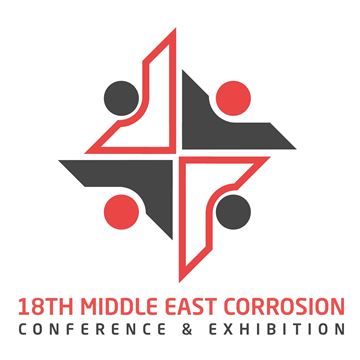Search
Products tagged with 'geothermal'
View as
Sort by
Display
per page
Revolutionizing Non-Metallic GRE Tubulars in Downhole Applications: First Deployment of Hybrid Coupler in a Geothermal Well: Case Study
Product Number:
MECC23-20002-SG
Publication Date:
2023
$20.00
Scaling Risk Assessment and Remediation in Geothermal Operations Using a Novel Theoretical Approach
Product Number:
51324-20701-SG
Publication Date:
2024
$40.00
Silica Solubility in High Enthalpy Water up to 440°C in the Presence of NaCl
Product Number:
51324-21029-SG
Publication Date:
2024
$40.00



